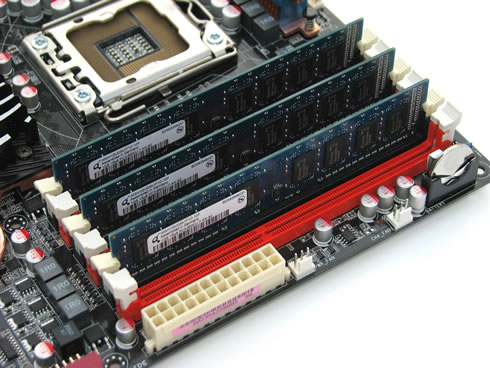Today we are going to look at how various memory frequencies, timings, and configurations influence the memory bandwidth and the real-world performance of Core i7 processors. This is particularly important to not only help you get the most out of your Core i7 CPU, but to potentially save you a lot of money.
After all, it is possible to configure a Core i7 processor with triple-channel memory operating at 1066, 1333 and 1600MHz, or even faster. But what are the benefits of using more aggressively clocked memory?

For some time we have known that DDR2-1066 doesn't offer a substantial performance gain over DDR2-800 memory for Core 2 users. Then along came the DDR3 memory standard, but again, DDR3 failed to have much of an impact, even when compared to DDR2 memory operating at just 800MHz.
With the new Core i7 platform, DDR3 should finally get its chance to shine. As noted before, the Core i7 features an on-die memory controller with support for triple-channel DDR3 memory. In other words, three DDR3-1333 modules operating together will provide a peak bandwidth of 32GB/s matching the L2 cache performance of a Core 2 Quad Q6600 processor.
Please post your feedback and comments about this article at:
https://www.techspot.com/vb/topic117425.html